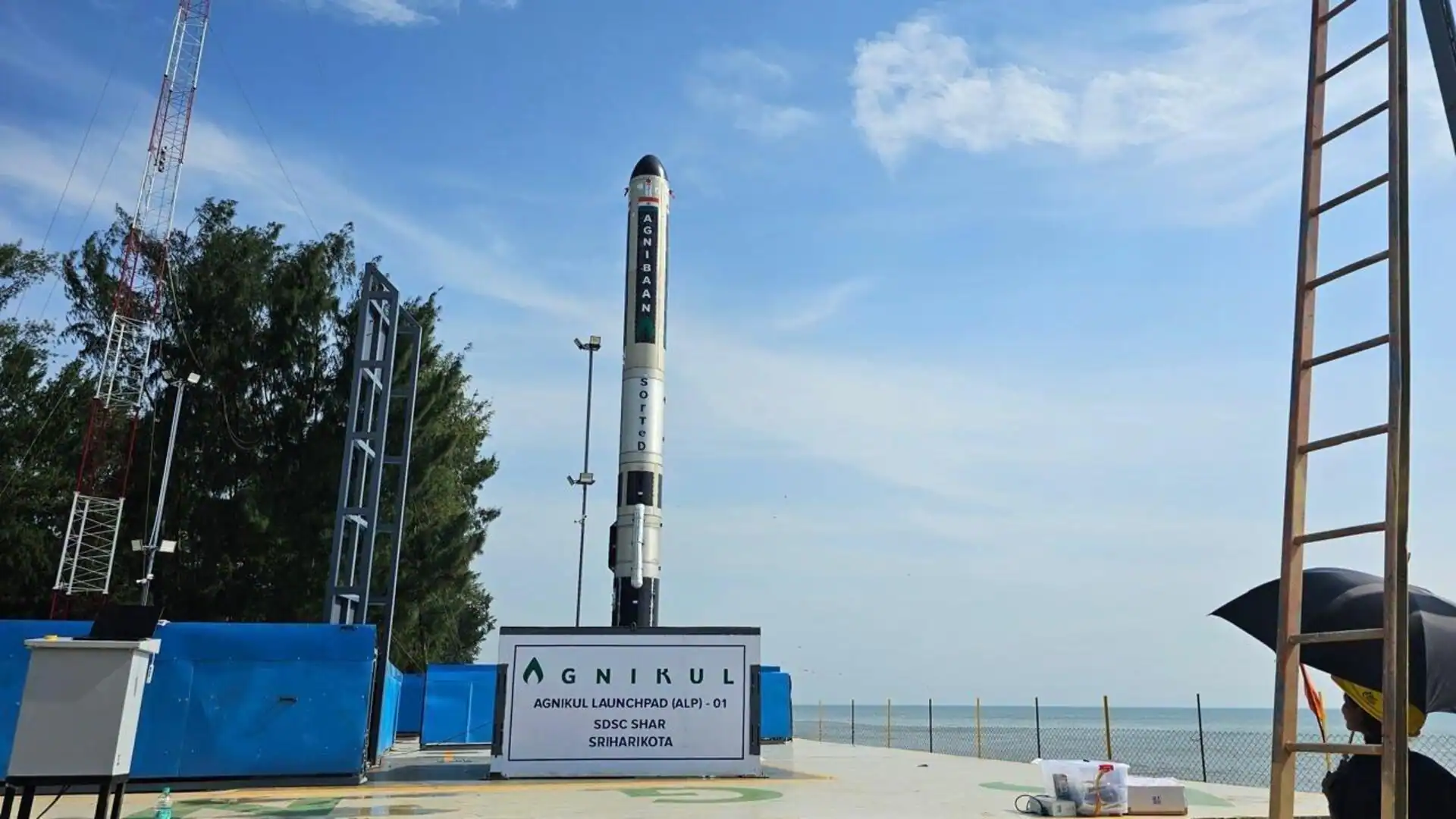Copyright newsbytesapp

In a major breakthrough, Indian space start-up Agnikul Cosmos has successfully test-fired two electric pump-fed semi-cryogenic rocket engines simultaneously. The engines were completely 3D-printed and controlled by the company's in-house software. The feat was announced by the company on X (formerly Twitter), highlighting the precision and control offered by its unique engine architecture. The test by Agnikul involved firing two semi-cryogenic engines powered by electric pumps, unlike traditional gas generator or turbopump systems. The company can finely adjust the thrust balance between engines using software-based control instead of mechanical methods. This innovation enables smoother and more predictable performance while improving reliability in multi-engine configurations. The engines tested by Agnikul were developed using the company's proprietary Agnilet technology. This process is known for producing fully 3D-printed components as a single piece, without any assembled joints. The design simplifies manufacturing, minimizes potential leak points, and reduces turnaround times for engine production. This is a major step toward enabling on-demand small satellite launches. The successful test-firing of the 3D-printed engines is a major milestone as Agnikul prepares for the launch of Agnibaan SOrTeD (Suborbital Technological Demonstrator). This will be India's first rocket powered by a completely 3D-printed engine. The company operates from India's first private launchpad and mission control center at Sriharikota, further strengthening its position among global private space start-ups pioneering advanced propulsion systems.



